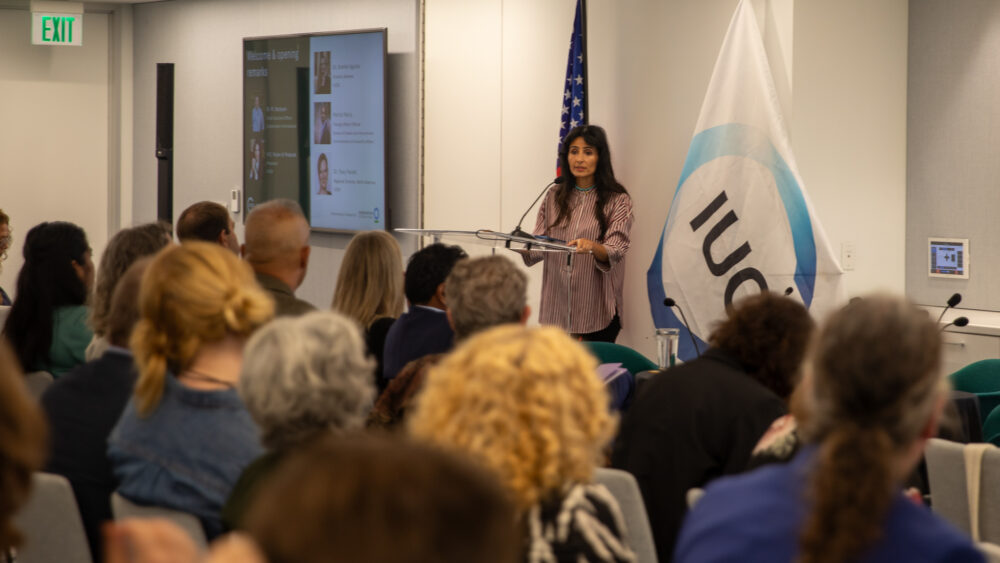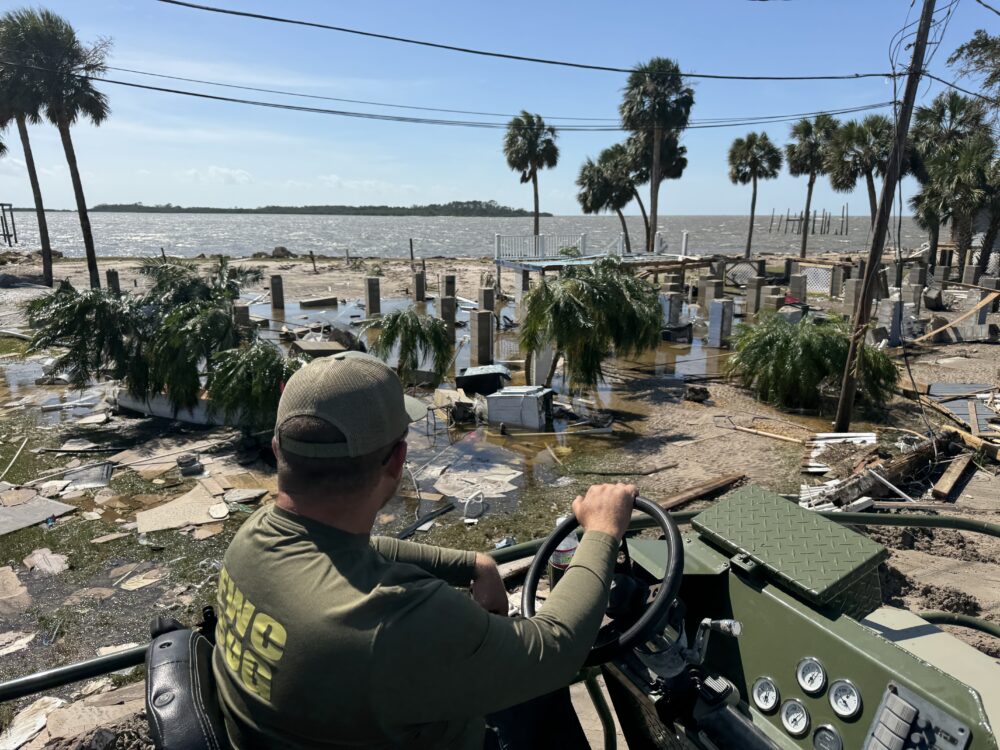We have much more to do and your continued support is needed now more than ever.
Clear Science, Murky Ambition: Forests and Our Carbon Pollution Footprint
As a party to the United Nations Framework Convention on Climate Change (UNFCCC), the United States is periodically required to submit a report outlining its progress in addressing carbon pollution. The end of 2013 marks the sixth time since 1992 that these reports, known as “national communications,” have been submitted.

The ambition gap aside, part of our recent success in reducing carbon pollution may simply be the natural result of the economic hardships caused by the slowdown during the last 5 years of recession, which is of course an unacceptable way to meet our emission reduction obligations. On the other hand, it is significant that the CAR shows a continuing decline of carbon pollution, even as the economy has slowly recovered from the recession. In fact, this may be the first sign of a real turn around toward a more energy-efficient economy.
The report also details how planned climate actions will further reduce carbon pollution through 2020, and for the first time, it looks at actions beyond 2020 as well. In addition to EPA’s recently released proposed climate rules for new power plants and plans to address existing power plants, the CAR lays out international action to be taken by the US government, including negotiations at the World Trade Organization, aimed at global free trade in environmental goods such as solar, wind, and geothermal clean energy technologies.

All of this is positive news, but wading into the water does not mean you’ve made it across the river. The United States has an ultimate goal of reducing carbon pollution by 83% below 2005 levels by 2050. If we were successful, this would put the nation somewhat in line with where the Intergovernmental Panel on Climate Change (IPCC) says the world needs to be to prevent dangerous climate change.
The US report was released just one day before the IPCC began to roll out its Fifth Assessment Report. According to the IPCC, if emissions continue on the current path, climate change is likely to accelerate over the next decades. The scientists have made their warning more explicit since their last report 5 years ago, now saying it is “extremely likely” that climate change is caused by human action. Therefore, emission reductions will need to be “substantial and sustained” in order to limit dangerous impacts.
Globally, over the past decade, human-caused deforestation and forest degradation produced about the same amount of carbon pollution as all the world’s cars, trucks, boats and planes. Much of this forest loss comes from clearing land to make way for industrial scale agriculture to produce commodities like beef, palm oil and soy, often for export to wealthy nations like ours. Deforestation not only destroys millions of acres of wildlife habitat each year, but also releases carbon from the felled trees and soils while simultaneously reducing the forest’s ability to act as a carbon sink. In other words, deforestation is a one-two punch, both causing carbon pollution and lowering the Earth’s natural ability to absorb this pollution.Thus, there is ample room for more ambition and creativity in terms of how the US will reduce its carbon pollution moving forward. One obvious area where US leadership could make an enormous difference is the prevention of tropical deforestation.
The commodities that are driving deforestation around the world are common ingredients in products sold by a wide variety of U.S. brands and retail stores. Fortunately, the Administration clearly understands that there are concrete actions that the US can take to encourage sustainable agricultural production around the world and avoid the need for deforestation; so the recently introduced White House Climate Action Plan includes a commitment to the Tropical Forest Alliance 2020, a public private partnership with the goal of reducing the tropical deforestation associated with key global commodities, such as soy, beef, palm oil, and pulp and paper, especially by supporting enhanced yields and sustainable production. NWF has been involved with advising the Tropical Forest Alliance 2020, supporting the development of commodity markets that promote the conservation of tropical forests.
Our Tropical Forests and Agriculture team holds leadership positions in several international initiatives aiming to support “forest friendly” agricultural products. We have released several reports on cattle expansion in the Brazilian Amazon, including an overview of market demand for deforestation-free beef and leather, and the role that US companies can play in supporting deforestation-free palm oil production. Progress has been made, with many companies in the US and internationally taking steps to reduce deforestation in their supply chains (including Brazil’s largest meatpackers), and the deforestation rate in Brazil has dropped by three-quarters from its peak.

So, what can we take away from all this news? The U.S. appears ready to take a leadership role in the fight against global climate change, but there is only so much the Administration can do on its own, and it won’t be enough to fully address the problem before us. Our national ambition is still very timid, particularly in the short term, and the latest science only underscores the need to raise our expectations for the right policies at every level of government. Addressing tropical deforestation is a key piece of the climate solution puzzle and NWF’s work to reduce tropical deforestation will continue to help guide major companies in the private sector and policymakers on how our goals can be met.
Visit NWF’s deforestation page here.





















